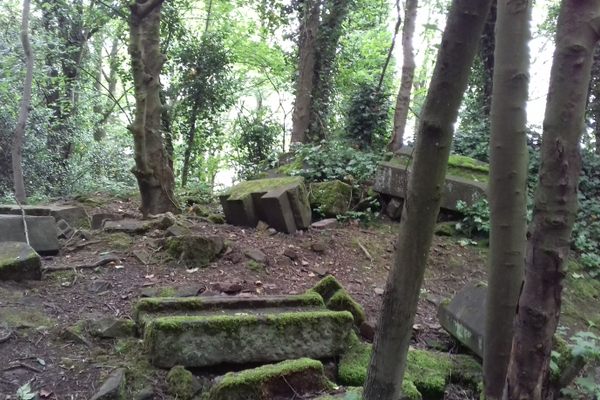About
A trip to Joshua Tree National Park is worth it just for a glimpse of the Seussian yucca plants, cracked, stacked boulders, and prickly pear cacti—but in addition to its natural treasures, the Mojave Desert has archaeological ones, too.
For proof, stop by Ryan Ranch. Though it’s in the shadow of the steep Ryan Mountain, this trail is one of the park’s easiest hikes. Your mission isn't to get your heart pumping, but to find the history hiding in plain sight.
Your destination is a set of adobe ruins that aren’t easily visible from the start of the trail: the most obvious relics of an estate built here at the end of the 1800s by J. D. Ryan, who operated the nearby Lost Horse Mine.
Originally, the estate included a main house, a two-room bunkhouse, and another, single-room structure. It was holding up pretty well nearly a century later—the roof, window panes, and doors were still intact—though visitors had begun to etch graffiti into the surfaces. The grounds were also home to a well; a corral made from boulders, wood, and pipe; and a graveyard with a few stone markers. Then, in the late 1970s, much of the estate burned down in an act of suspected arson.
In the mid-2000s, park archaeologists worked to stabilize the ruins by encasing them in lime plaster. The fragments that survived the blaze still warrant a visit, if only to see how the creamy beige ruins evoke the hues and curves of the rocks beyond them. While little of the home’s footprint remains, if you stand in the “doorways,” it’s easy to imagine the astonishing view that the family woke up to so many decades ago.
Related Tags
Know Before You Go
There's little cell phone service in the park. To find the trail to Ryan Ranch, pick up a map at a park entrance or visitors' center. For more history about mining in the area, check out the trail to Lost Horse Mine, which is four miles roundtrip.
Community Contributors
Added By
Published
April 9, 2019







































